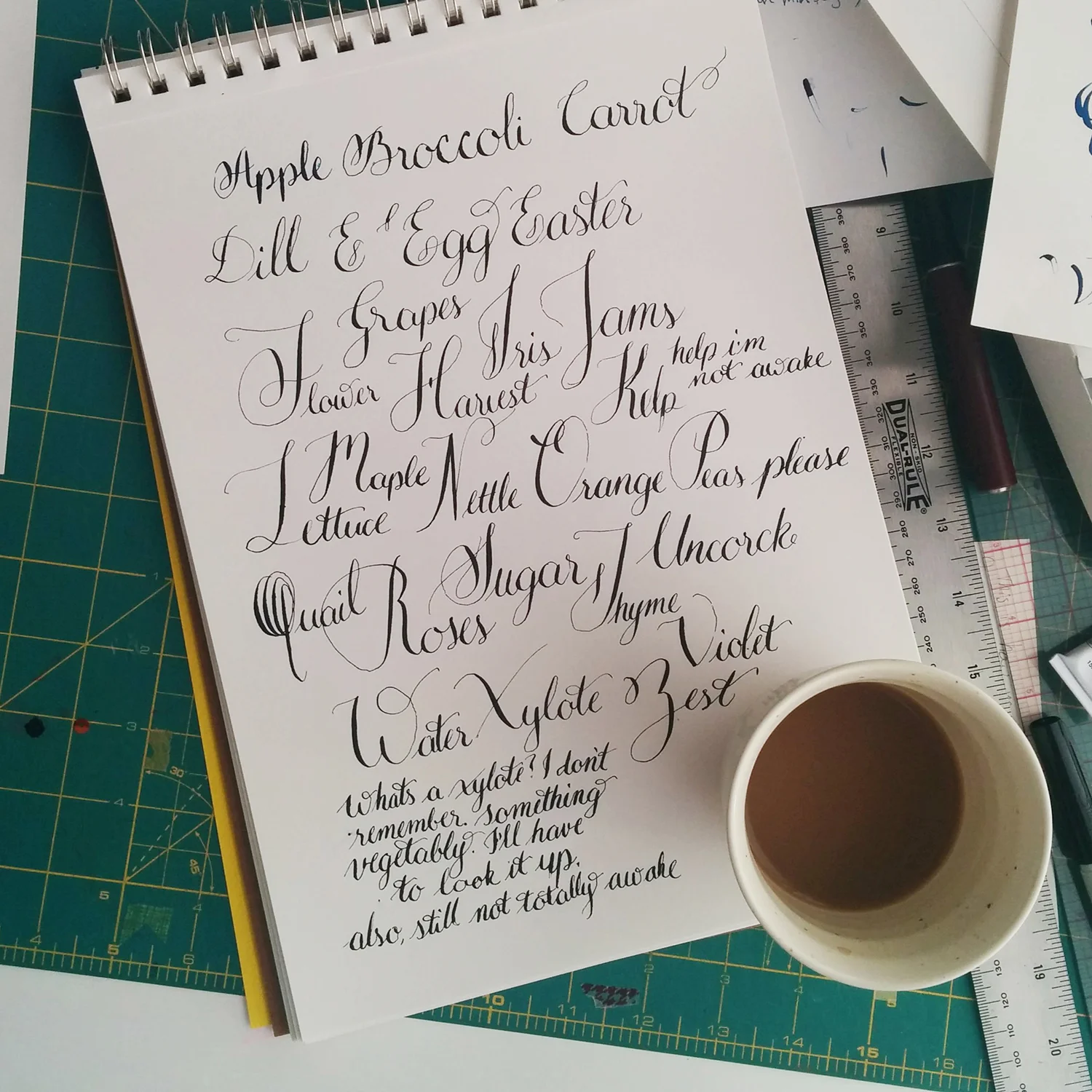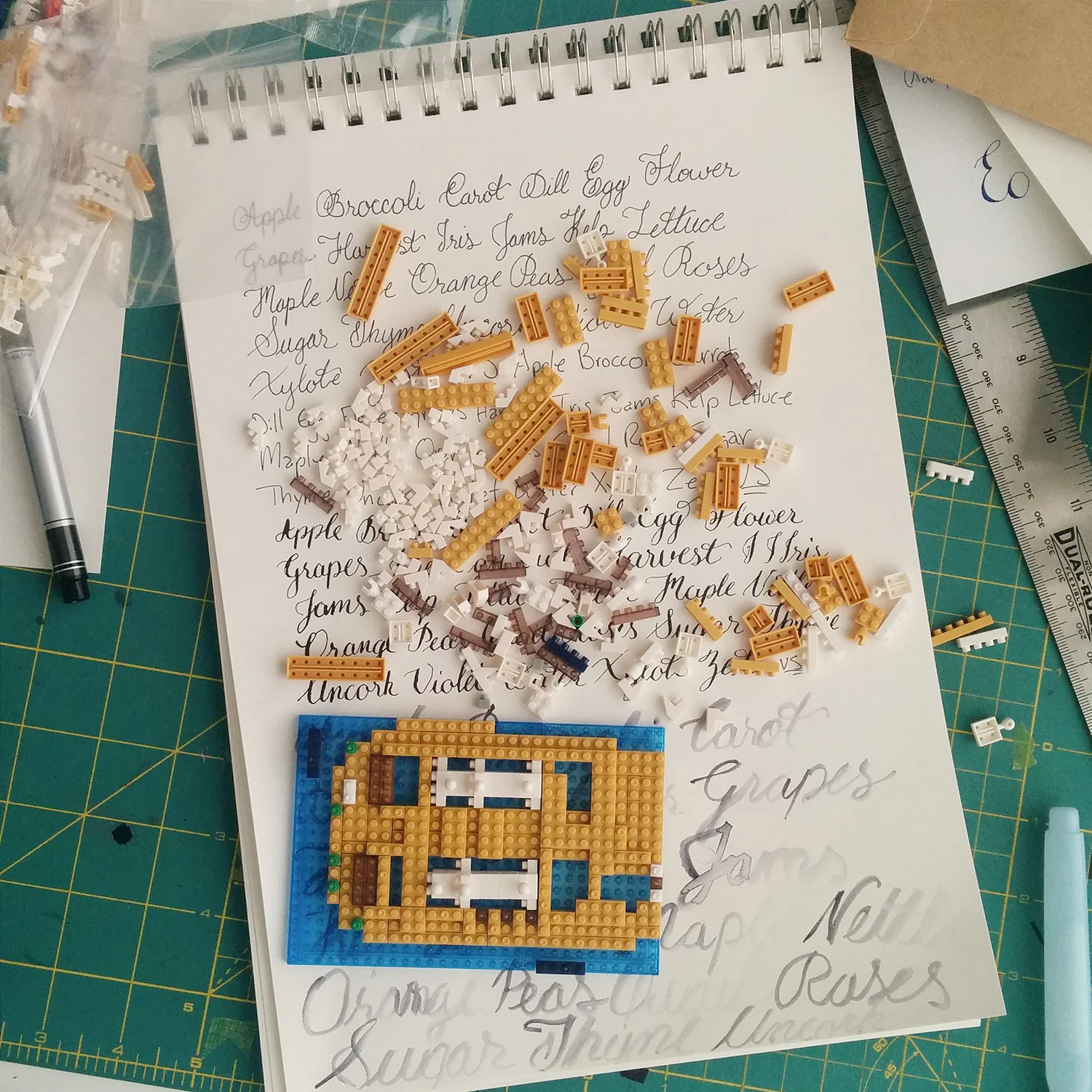Some other facts about Tenegui.
Tenegui comes in many patterns which are often chosen by the gift giver to fit the interests of the receiver. The patterns are made by creating paper templates that the dye is pushed through. The Tenegui cloth is cut from a continuous roll so each individual cloth has two cut edges and two salvage edges. (I'm not sure if there is a different terminology for salvage when it comes to this particular cloth). To dye the cloth it is starched. Brand new Tenegui cloths have a crisp feel to them. As they're used and washed they become soft.
You can read about the history of Tenegui on Kamawanu's website.
I know that there isn't a full demo here but I encourage you to get any bit of fabric that is not very thick and just play around with melding it to the form of objects. The wonderful thing about fabric is you can re-wrap as many times as needed without damaging your material. That's much harder to do with crisp paper. Megumi has a couple Furoshiki classes up on Creativebug that could give you a start.
If you're in San Francisco head over to the Heath Ceramics tile factory to snap up some of the remaining Tenegui still in the store. I'm not sure if it will be a regular item that they'll retail but I hope so.
If you have any additional info to share about wrapping with Tenegui or cloth please share in the comments!
In case it's not obvious all wrappings are done by Megumi Inouye.

































